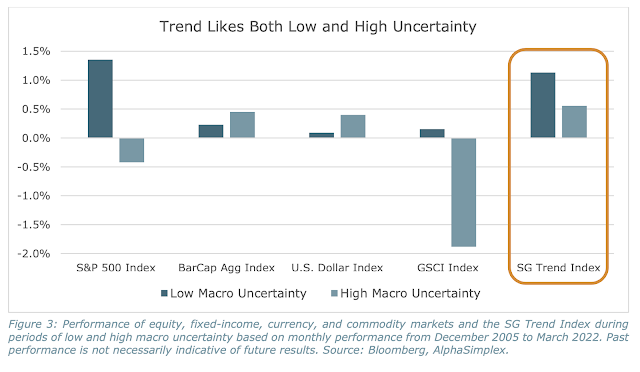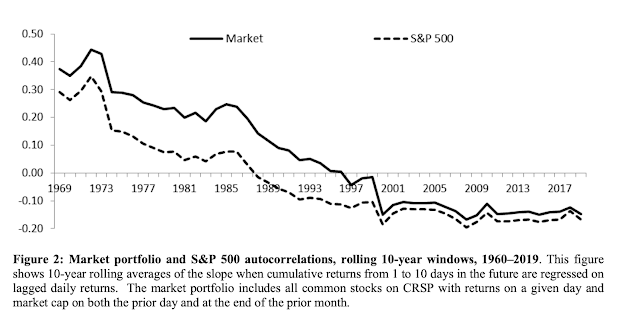Nouriel Roubini - "we are facing a stagflation and debt trap."
Professor Roubini is known to many as a Dr Doom, but he has proven to be good at framing the problems we face. The timing may be off on when these traps will bind investors, but there will have to be a day of reckoning.
We have been facing a debt problem since before the GFC. Overall debt was high prior to the GFC. After the GFC, households retrenched, governments did not, and corporations used low rates to lever their balance sheets. This was not an issue when at the zero bound but times are different. In a rising market environment, debt was not an immediate problem. Debt was matched by higher asset values and growing wealth; however, with at best a stall in wealth, balance sheets are deteriorating as debt burdens increase.
Stagflation only makes the debt situation more precarious. Inflation is good for debtors. Think of all the negative debt that was destroyed as rates moved to positive. Yet, new debt and existing debt that must be rolled-over will be at higher rates, and the stagnation in growth diminishes the ability of households and firms to pay-down this higher rate debt. Government debt is not immune to stagflation, but increases in inflation support higher tax revenues.
Of course, these are generalization and that in of itself is a problem. Inflation and low growth create uncertainty and ambiguity of what prices will rise and what will remain stable. Low growth reduces potential new investments. Firms will fail. Firms will not invest, and households will change their spending patterns.
Monetary policy should be restrictive to reduce inflation, but raising rates only enhances the debt problem. Funding costs increase which increase defaults and bankruptcies; however, relieving the debt problem will prolong the inflation problem. A solution to one trap supports the other problem trap. Neither can be solved.
Debt coupled with stagflation create a negative feedback loop. More of either will extend both problems.














































